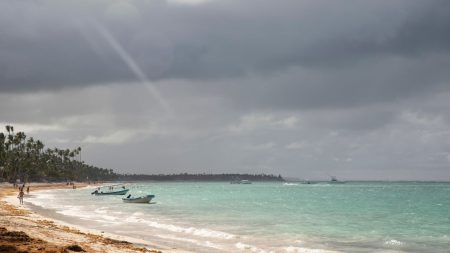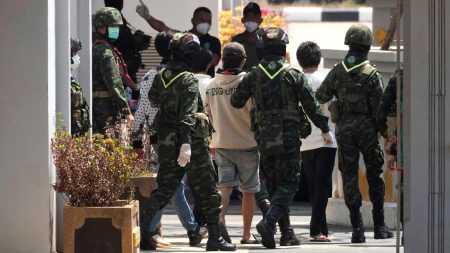North Korea’s Missile Launch and Escalating Tensions on the Korean Peninsula
Introduction
The Korean Peninsula has witnessed heightened tensions following North Korea’s recent ballistic missile launch, occurring on the same day that South Korea and the United States commenced their annual Freedom Shield military exercises. This event marks North Korea’s fifth missile launch this year and underscores the volatile nature of the region’s geopolitical dynamics.
The Context of the Missile Launch
North Korea’s missile launch into the sea is perceived as a direct response to the joint military drills conducted by South Korea and the U.S. These exercises, while defensive in nature, are viewed by North Korea as a rehearsal for potential invasion, prompting their strong reaction. The drills were briefly halted due to an incident where South Korean jets accidentally bombed a civilian area, injuring approximately 30 people. Human error was identified as the cause, highlighting the potential for unintended consequences in military operations.
The Role of the Freedom Shield Exercises
The Freedom Shield exercises represent the first major joint military operation since President Trump’s second term began. They occur amidst growing tensions over North Korea’s nuclear ambitions and its collaboration with Russia in the context of the Ukraine conflict. These exercises symbolize the ongoing strategic alliance between South Korea and the U.S., aimed at countering North Korea’s military capabilities.
Diplomatic Stalemate and North Korea’s Nuclear Ambitions
Despite President Trump’s previous meetings with Kim Jong Un, current diplomatic efforts have stalled. North Korea remains unresponsive to overtures for renewed dialogue, choosing instead to enhance its nuclear arsenal in response to perceived threats from the U.S. and its allies. This stance perpetuates a cycle of provocation and retaliation, complicating efforts to achieve denuclearization.
The Human Impact and Regional Concerns
Beyond the political and military posturing, the situation deeply affects the lives of civilians. The accidental bombing incident and the ongoing tensions create an atmosphere of fear and uncertainty. The international community closely monitors the situation, concerned about potential escalation and its broader implications for regional stability.
Conclusion
The interplay of missile launches, military exercises, and diplomatic tensions paints a fragile picture of the Korean Peninsula. Each action provokes a reaction, exacerbating volatility. The region teeters on a precipice, with the international community urging restraint and diplomacy to avert further conflict. The situation demands careful navigation to prevent miscalculations and to seek a path towards dialogue and de-escalation.















